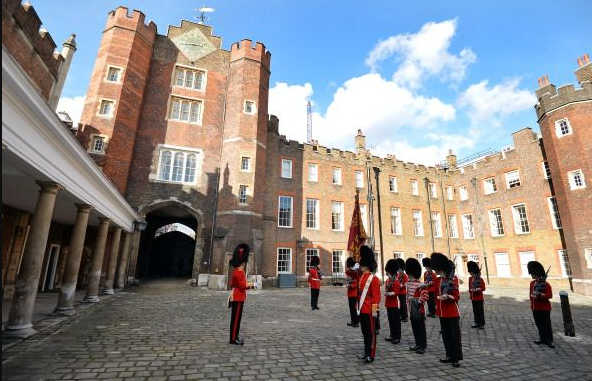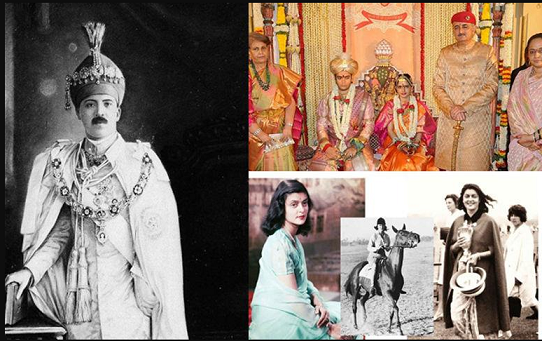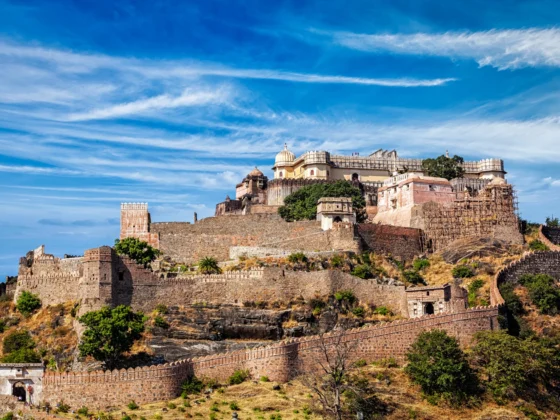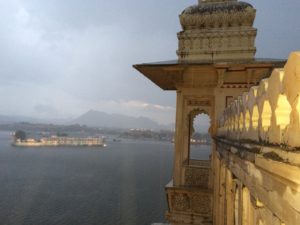From Royalty to Ruin: Indian Royals Who Live in Poverty
India’s former Indian Royals once lived in unimaginable luxury, ruling vast lands and amassing enormous wealth. However, after independence, many lost their titles, estates, and financial privileges, forcing them into hardship. While some managed to adapt, others now struggle for survival.
Here are seven royal families whose lives have taken a dramatic turn from opulence to obscurity.
1. Raja Brajraj Kshatriya Birbar Chamupati Singh, Mahapatra of Tigiria
Once the last reigning ruler of Odisha, Raja Brajraj Kshatriya had everything—a fleet of 25 luxury cars, a palace with 30 servants, and a reputation as a skilled hunter. He personally shot 13 tigers and 28 leopards.
However, his fortune vanished after India’s independence. Losing his state’s tax revenue, he survived on a privy purse of just £130 per year. By 1960, he had sold his palace for £900 and later separated from his wife. In 1975, the government withdrew his final royal benefits, leaving him without an income.
Today, he lives in a crumbling mud hut, relying on townspeople who bring him rice and lentils. Despite this downfall, he remains proud:
“At that point, I was a king. Now, I’m a beggar. But I have no regrets.”
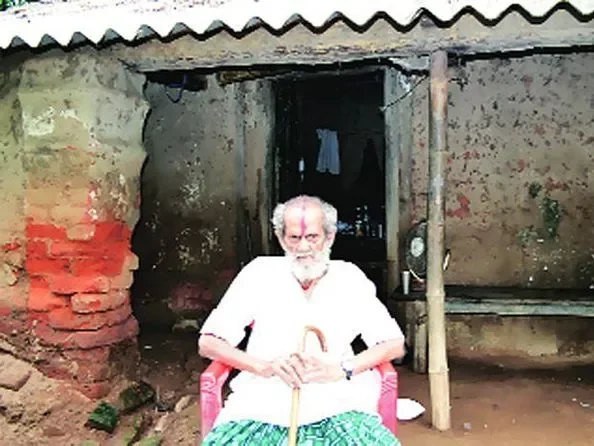
2. Sultana Begum – The Widow of Bahadur Shah Zafar’s Great-Grandson
Sultana Begum, the wife of Prince Mirza Bedar Bukht (great-grandson of Bahadur Shah Zafar), now fights for survival. Since her husband’s death in 1980, she has struggled to support six children on a meager pension.
She shares a kitchen with neighbors, bathes using public taps, and lives in a two-room slum dwelling in Kolkata. Despite proof of her royal lineage, she survives on ₹6,000 per month, barely enough to feed her family.
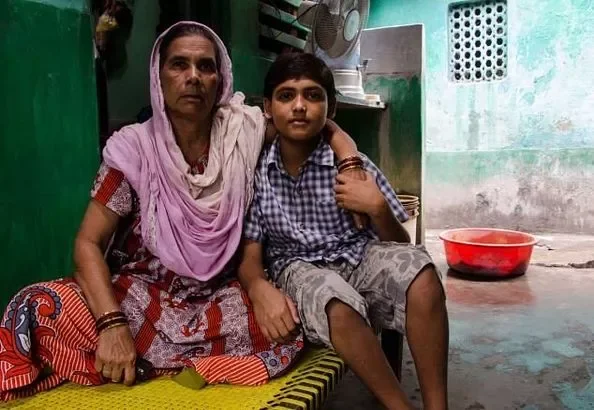
3. The Scindias of Gwalior – The Curse of a Lost Treasury
The Scindias of Gwalior were once among India’s wealthiest royal families. They stored an enormous treasury, known as ‘Gangajali,’ inside Gwalior Fort, ensuring financial security during wars and famines.
However, when Maharaja Jayajirao Scindia died, he failed to pass on the secret code to his son, Madhav Rao, leaving the treasury inaccessible for years. The family fell into financial ruin, struggling for survival.
Eventually, Madhav Rao located the lost chamber, restoring their wealth. He invested wisely in industries, including Tata, securing the family’s future.
4. Uthradam Thirunal Marthanda Varma – The King Who Gave Away His Fortune
By 1750, Travancore had become a powerful kingdom, but its king made a historic decision—he surrendered all royal wealth to Padmanabhaswamy Temple, their family deity.
The British later stripped Travancore of its army, forcing the royals to pay reparations. Their financial power diminished over time.
Indian Royals 2011, when the temple’s hidden treasure was discovered, worth billions of dollars, the government ordered state protection. However, the former king refused any claim, declaring:
“The treasure belongs to God, not to me or the government.”
5. Descendants of Tipu Sultan – From Warriors to Rickshaw Pullers
Tipu Sultan, the “Tiger of Mysore,” was one of India’s greatest warriors. He died fighting the British in 1799, but his descendants now live in dire poverty.
Despite being heirs to the Prince Ghulam Mohammed Trust, many have taken up menial jobs to survive. Some descendants of Ghulam Mohammed live in a crumbling haveli, while others work as small-time businessmen.
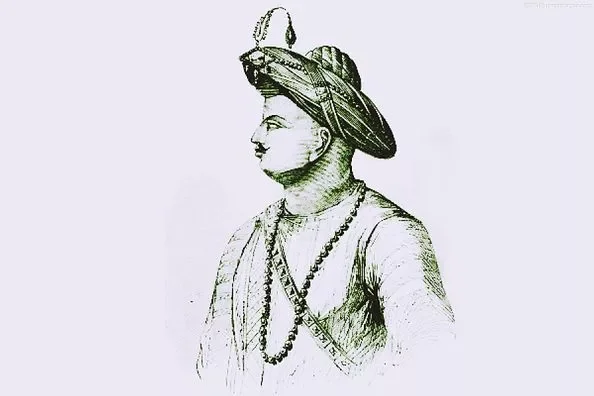
6. Princess Sakina Mahal of Awadh – A Forgotten Royal in Delhi’s Forest
Indian Royals Once ruling a vast kingdom, Princess Sakina Mahal of Awadh now lives in Malcha Mahal, a ruined Tughlaq-era hunting lodge in Delhi’s forests.
After a nine-year legal battle, the government granted her family ₹500 per month and the right to stay in the dilapidated structure. The once-mighty Awadh dynasty now exists in complete obscurity.

7. Ziauddin Tucy – A Mughal Descendant Living on a Pension
Ziauddin Tucy, a sixth-generation descendant of Bahadur Shah Zafar, struggles to make ends meet. He rents a house, has unemployed sons, and relies on a government pension.
Despite repeated pleas, the government has denied Mughal descendants financial assistance, including an Rs. 100 scholarship that was discontinued. Tucy continues to fight for recognition and better economic conditions for his family.
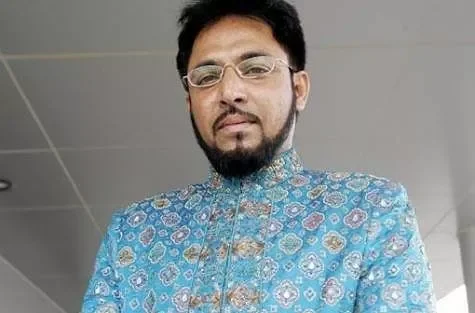
The Nizam’s Heirs – From the Richest Man to Forgotten Descendants
At the height of his power, Mir Osman Ali Khan, the Nizam of Hyderabad, was the richest man in the world. His jewelry alone was worth £400 million, and he famously used a 185-carat diamond as a paperweight.
However, his lavish lifestyle and countless heirs drained his wealth. By the 1990s, royal family over 400 legal heirs laid claim to his fortune. Mukarram Jah, one of his unfortunate descendants, now lives in a small apartment in Istanbul, a frail old diabetic with only memories of untold riches.
Top Golden Triangle Tour Packages Same Day Tours
Conclusion
From kings who ruled mighty kingdoms to heirs struggling in poverty, India’s royal families have faced a dramatic fall from grace. While some managed to recover, others continue to live in hardship and obscurity.
Read More: Wealthiest Royal Families of India Who Still Live Lavishly


